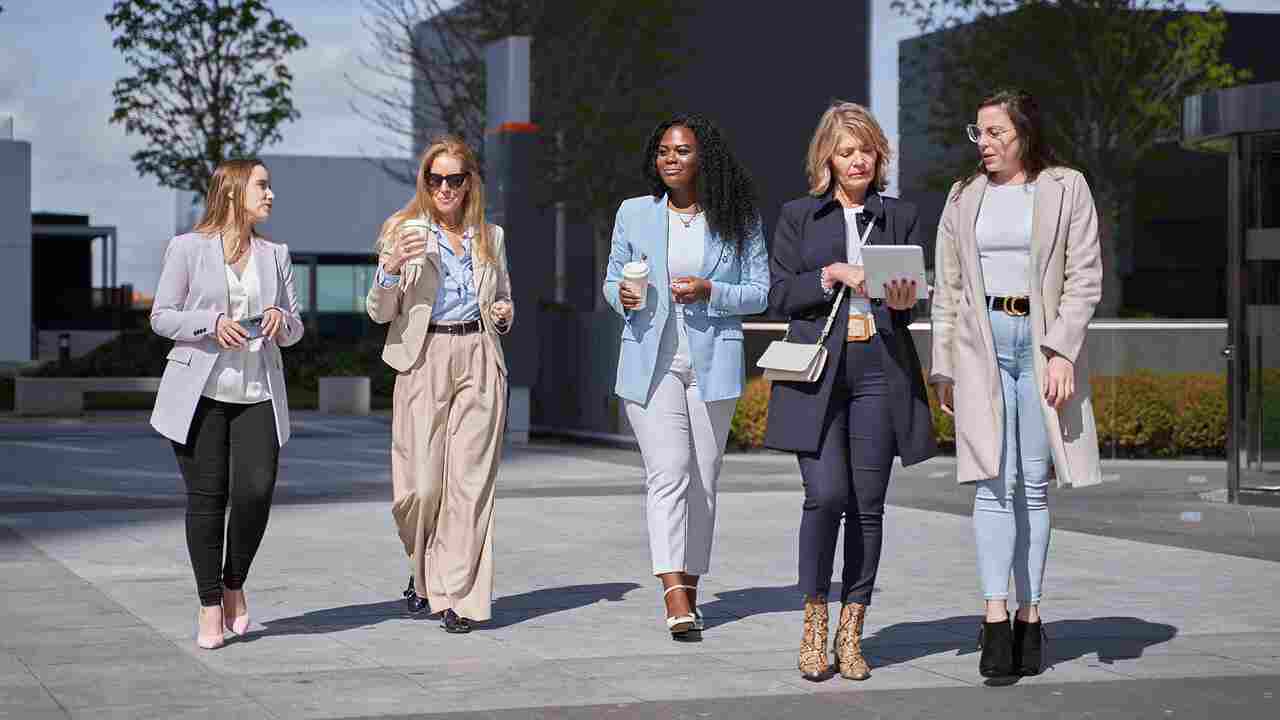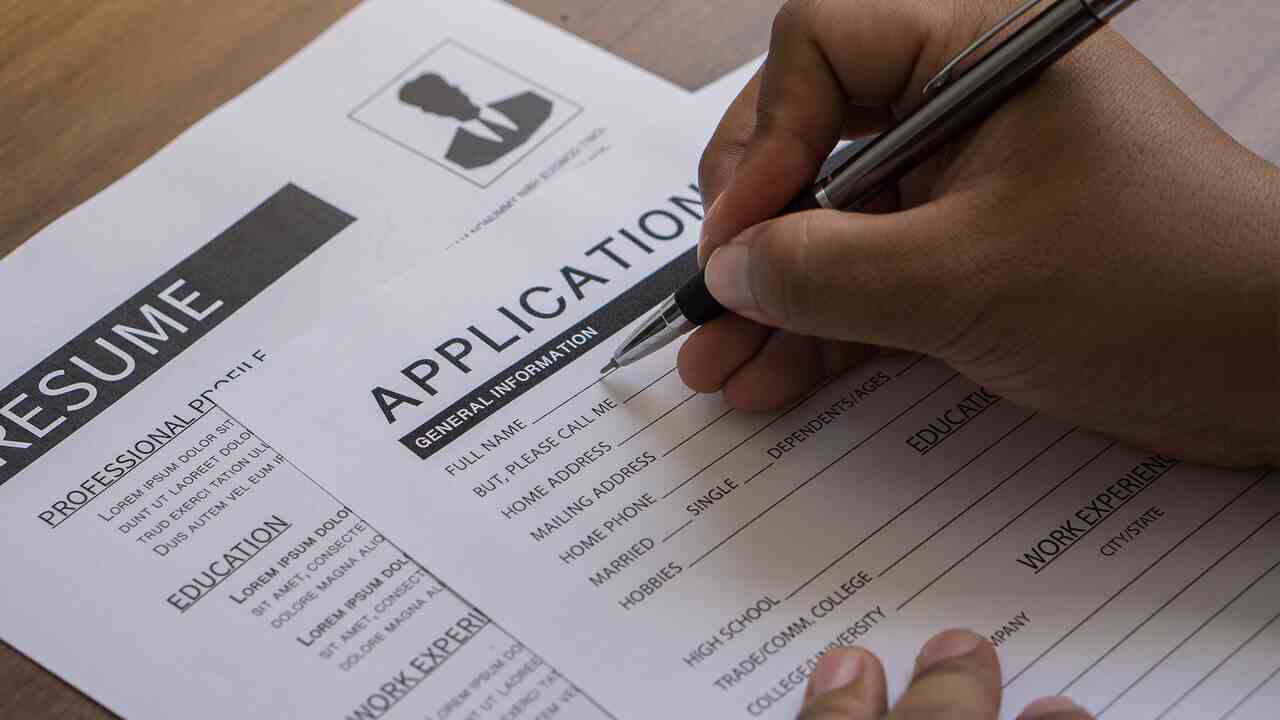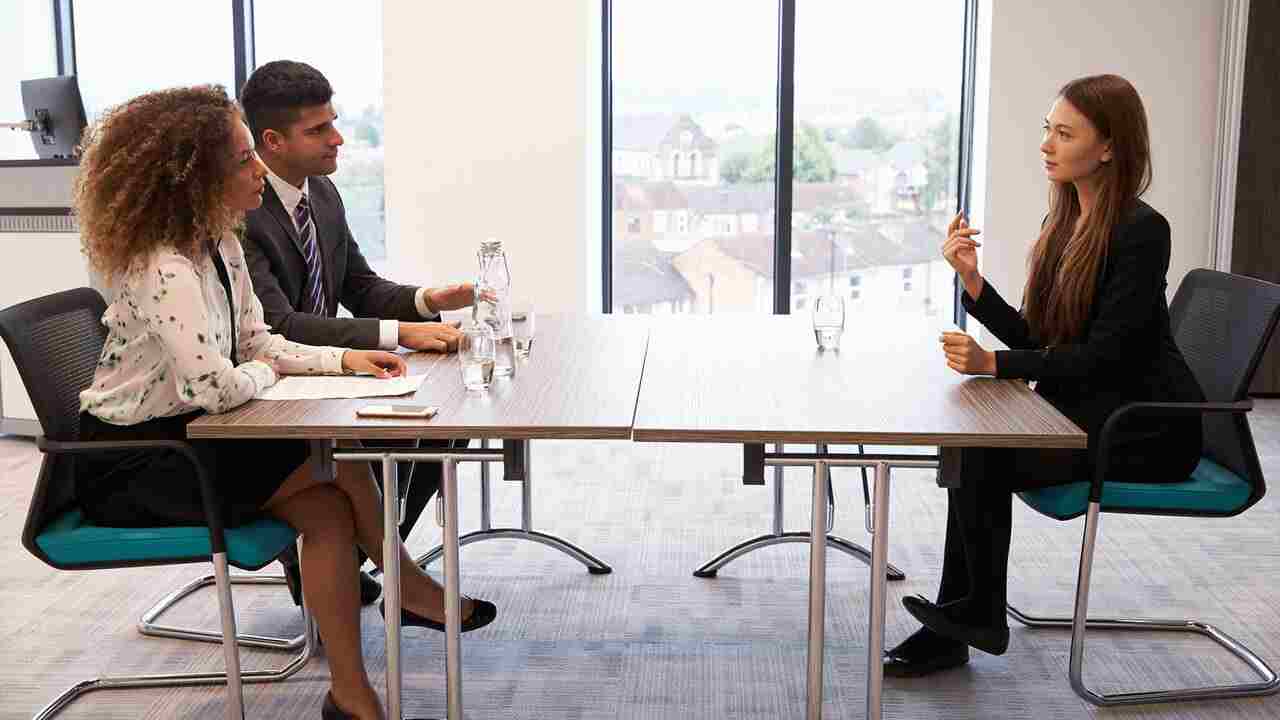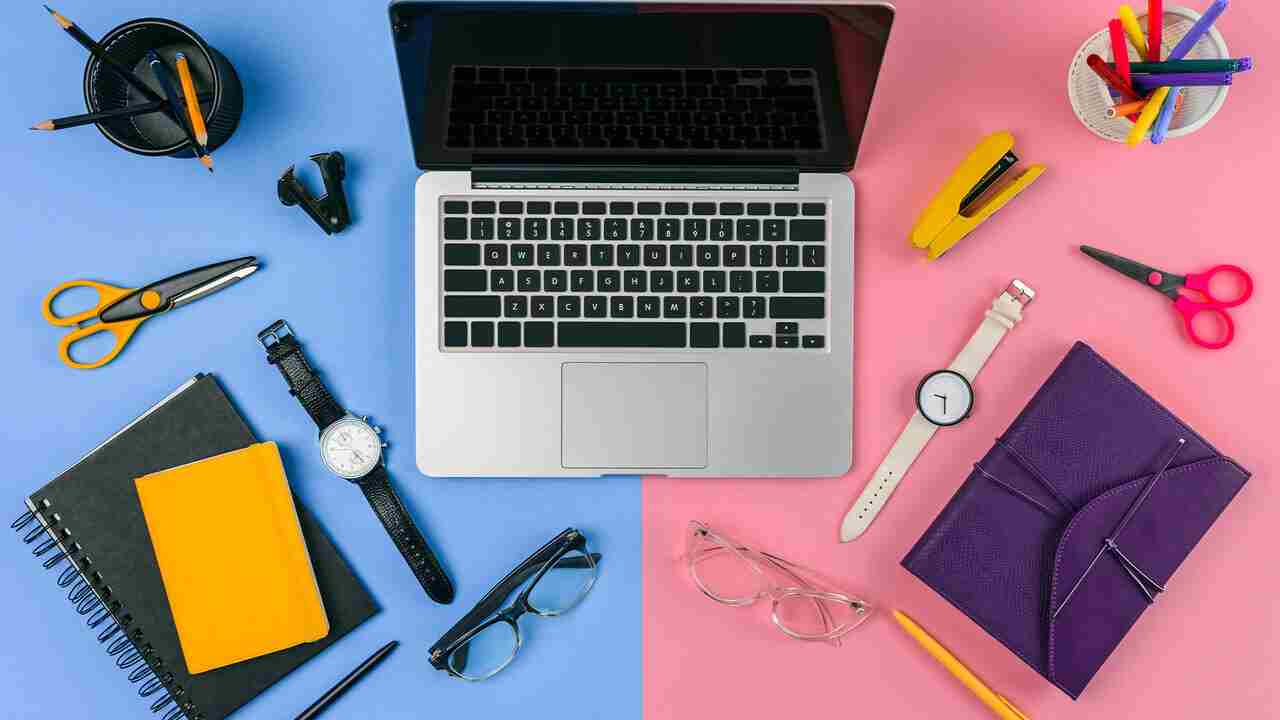You’ve landed the interview—nice. Now comes the question that no one wants to admit they’re Googling at 1 a.m.:
What should I wear?
It’s a legit concern. Your outfit says a lot before you even speak, and wearing the wrong thing can throw off your confidence or signal you didn’t understand the vibe.
Good news? You don’t need a whole new wardrobe. You just need to decode the dress code. Let’s break it down by interview type—so you walk in (or log on) feeling like the most prepared person in the room.
1. The Corporate Interview: Think Finance, Law, Consulting
These are the most traditional spaces—think suits, shiny shoes, and very few surprises.
What to wear:
- A tailored suit (blazer and pants/skirt) in black, navy, or gray
- Dress shirt or blouse (light color is safest)
- Closed-toe shoes, low or no heel
- Subtle accessories and clean grooming
Pro tip: If you're not sure how formal to go, it’s better to be slightly overdressed than under. A blazer rarely hurts your chances—but sneakers might.
2. The Tech Interview: Startups, Developers, Product Teams
Tech is known for being casual—but don’t let that fool you. There’s a difference between casual and sloppy.
What to wear:
- Button-down shirt or clean knit polo
- Dark jeans or chinos—avoid rips or super light washes
- Simple sneakers or loafers
- Optional: a light blazer if you want to sharpen the look
Some developers show up in hoodies, but unless you already work there, keep it polished. Look like someone who respects the team and the time they’re giving you.
3. The Creative Interview: Agencies, Design Studios, Media
In creative spaces, personal style matters—but it should still feel intentional.
What to wear:
- A smart-casual outfit with one “statement” element (bold color, unique cut, great shoes)
- Black jeans or tailored trousers
- Cool jacket or minimalist blazer
- Clean sneakers, boots, or loafers
You want to show personality and professionalism. The best outfits say, “I’m creative—but I came to work.”
4. The Retail or Hospitality Interview
These interviews often happen on-site, and you’ll likely be judged on how you present yourself to customers.
What to wear:
- Clean, fitted basics (think neat top + slacks or skirt)
- Closed-toe shoes
- Keep it simple—no flashy logos or wrinkled shirts
- Light grooming (hair pulled back if needed, minimal makeup or cologne)
If the job involves a uniform, try to echo the company’s dress culture. Applying at a luxury boutique? Go sleek. Interviewing at a coffee shop? Business casual is fine.
5. The Remote Interview
Just because you’re on Zoom doesn’t mean you can skip the dress code. Interviewers notice effort—even from the shoulders up.
What to wear:
- A solid-color top (button-down, blouse, or knit)
- Avoid white (can wash you out) and wild prints (can blur on camera)
- Clean, tidy hair and neutral background
- Wear pants—you never know if you’ll need to stand up
Looking pulled together on camera shows respect and focus, even if your desk chair has wheels and your dog’s asleep nearby.
6. The Informational or Networking Meeting
Not every interview is formal. Coffee chats and exploratory meetings can feel more casual—but they still matter.
What to wear:
- Smart casual pieces—think clean jeans, boots, sweater or blouse
- A lightweight jacket or scarf adds polish
- Leave the giant tote bags and gym shoes at home
The goal is to look approachable but intentional. Like someone they’d feel comfortable recommending or hiring.
7. If the Dress Code Is Unclear—Here’s How to Find Clues
Still unsure? Here’s how to do a little recon without straight-up asking:
- Look at the company’s LinkedIn photos. Group shots and team pics often give away the vibe.
- Check Instagram. Startups especially love to post office culture.
- Ask the recruiter. A simple “Can you give me a sense of how formal the office is?” never hurts.
- Find employees on LinkedIn. Peek at their headshots—blazers or hoodies?
No need to obsess. Just aim to land somewhere in the top 25% of polish compared to what you see.
8. What Not to Wear
No matter where you’re interviewing, a few things are almost always a no-go:
- Flip-flops
- Wrinkled anything
- Graphic tees or visible slogans
- Overpowering fragrances
- Dirty shoes
- Hats or beanies (unless they’re cultural or religious)
Comfort matters, yes—but comfort shouldn’t look careless.
9. Accessories, Bags, and Bonus Details
The little stuff counts more than you’d think.
- Bring a folder or slim portfolio if it’s an in-person interview. Don’t shove your resume in a bag.
- Keep accessories minimal. One bold item is fine—just not everything at once.
- Watch the bag. A clean backpack is fine for tech roles, but a structured tote or messenger bag reads more professional in corporate or client-facing interviews.
Even if no one says anything, your interviewer is scanning the whole package.
10. Final Rule: Confidence Over Costume
You don’t need to cosplay as a CEO. You just need to look like the most polished version of yourself.
Wear something you’ve tried on before. Move around in it. Sit down. Stand up. Make sure it fits well and doesn’t distract you. No itchy tags or buttons about to pop.
When your clothes make you feel confident, you show up differently. And that’s what really makes a great first impression.



